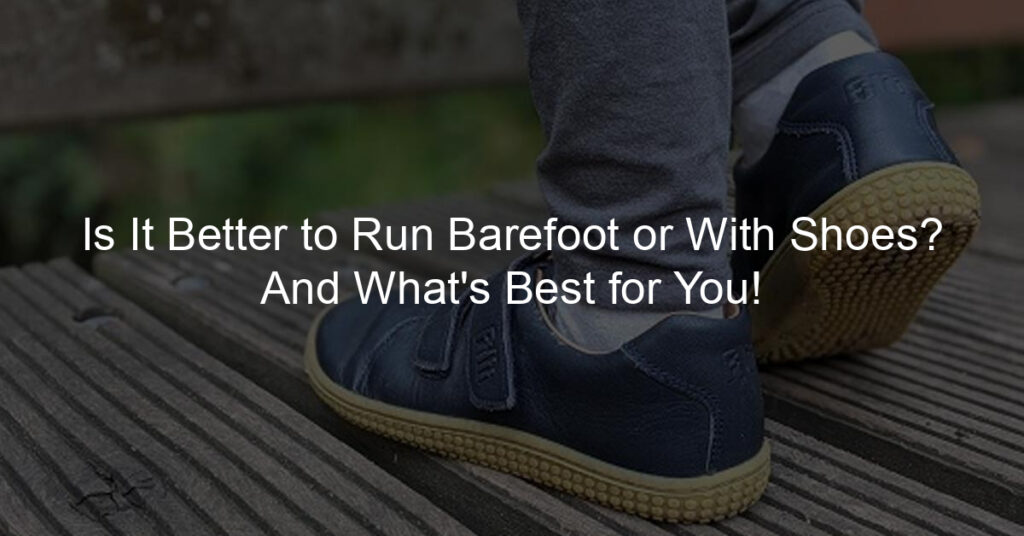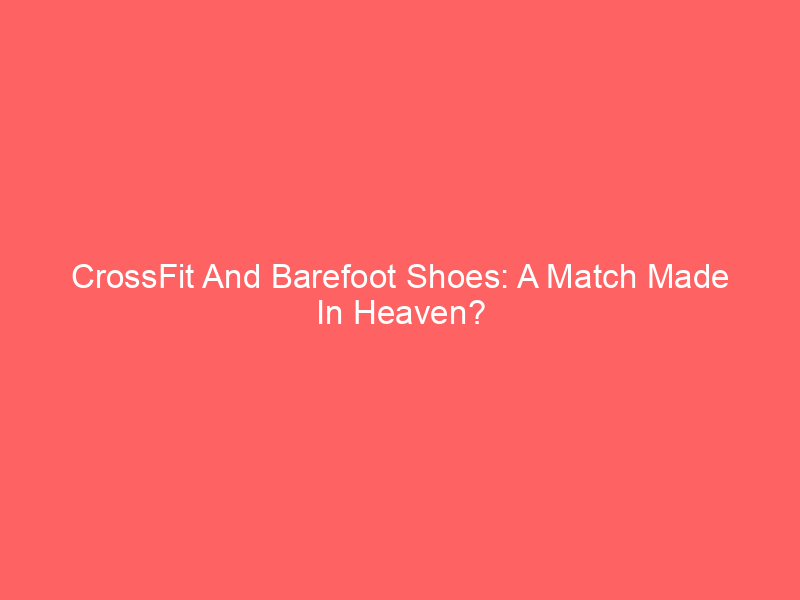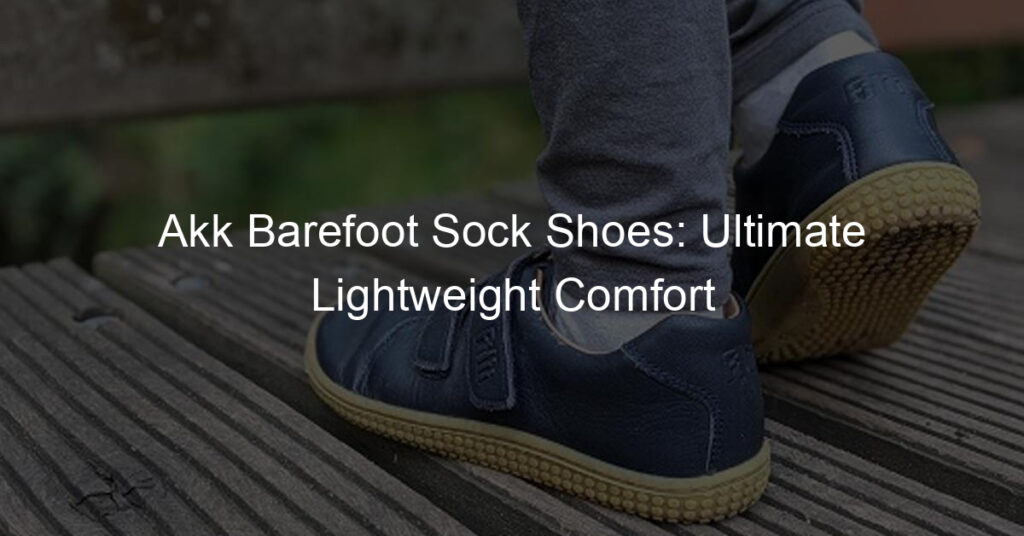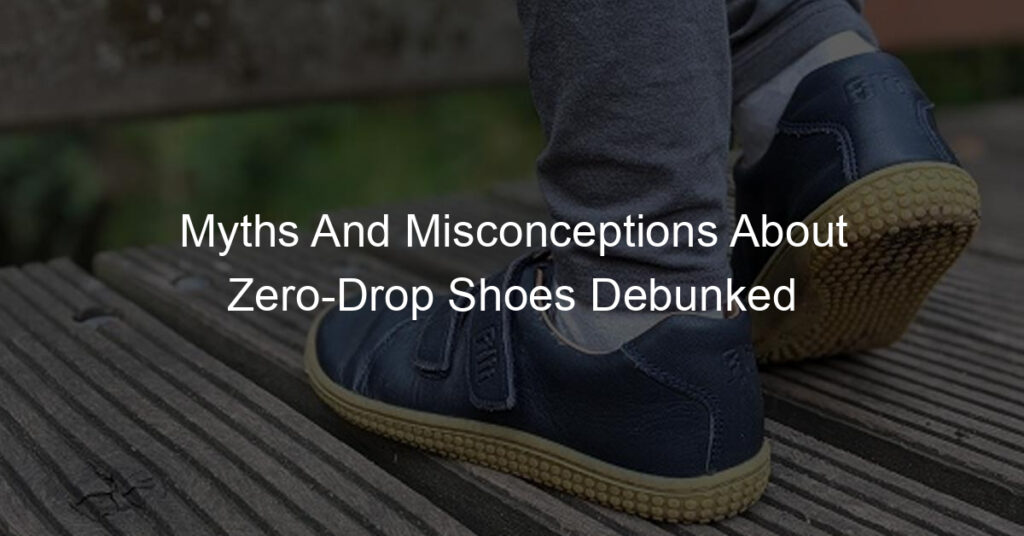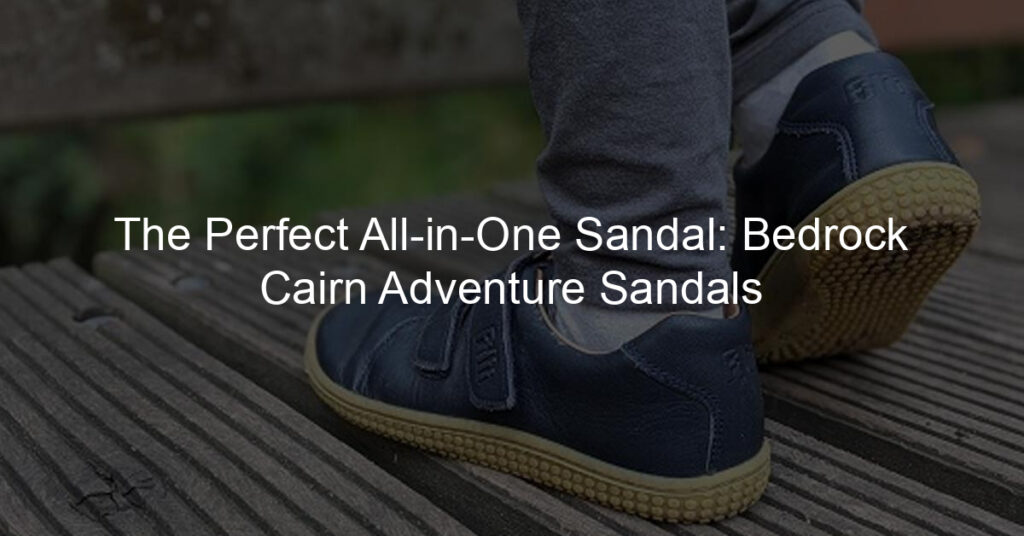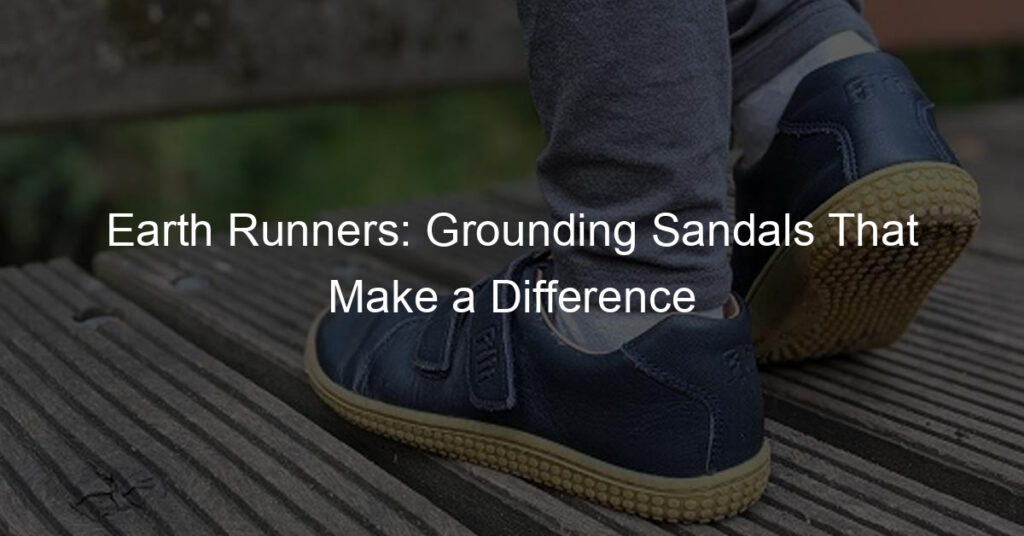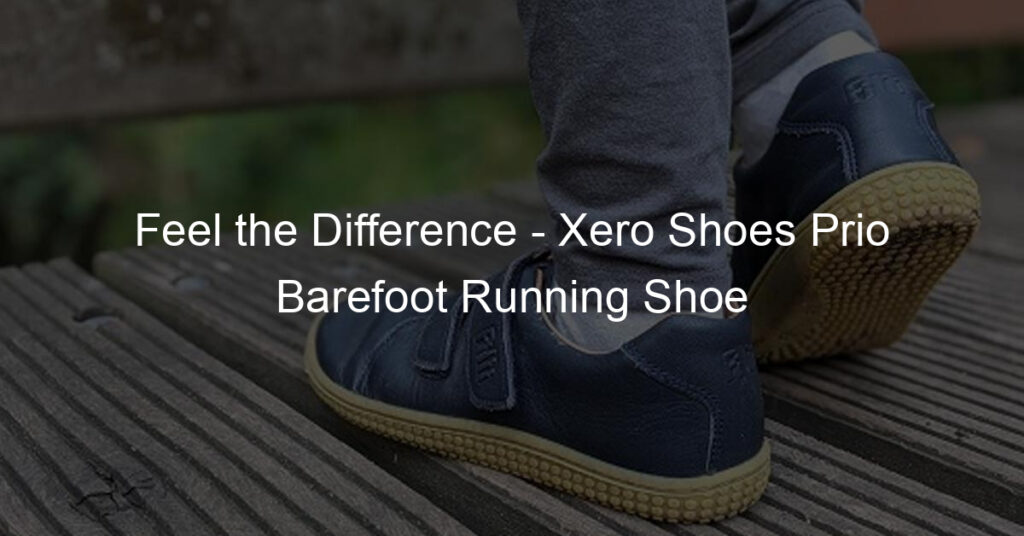There are many things to consider when asking if it is better to run barefoot or with shoes. Some people might say that running barefoot is better for you because it is more natural and allows your feet to move more freely.
Others might say that running with shoes is better because it protects your feet from the elements and provides support.
Ultimately, the decision of whether to run barefoot or with shoes is a personal one and depends on what works best for you. Keep reading to learn more about the pros and cons of both running barefoot and with shoes.
Do People Run Faster Barefoot or With Shoes On?
There is no clear answer when it comes to running speed. Some people might find that they run faster barefoot, while others might find that they run faster with shoes on. Ultimately, it is up to the individual to experiment with both and see what works best for them.
There are a few studies that have looked at this question, but they have all been small and inconclusive. One study found that barefoot runners had a slightly lower running economy than those who ran with shoes.
Another study found that runners who wore minimalist shoes had a slightly higher running economy than those who wore conventional shoes.
When it comes to long-distance running, another study found that those who ran barefoot had a lower risk of developing injuries than those who ran with shoes.
The bottom line is that there is no clear evidence that one is better than the other when it comes to running speed. It is likely that it varies from person to person.
Is Running in Bare Feet Good for You?
There are a few benefits of running with bare feet. First, it is more natural and allows your feet to move more freely. This can help to strengthen the muscles in your feet and lower legs. Additionally, it can help to improve your balance and proprioception (sense of where your body is in space).
Another benefit of running with bare feet is that it can help to improve your running form. When wearing shoes, the cushioned heel can cause you to strike the ground with your heel first. This can lead to heel pain and other injuries.
Heel striking is a common reason why people develop knee pain when running. There are several types of heel striking:
- Rear-foot strike, where your heel hits the ground first;
- Mid-foot strike, where your arch or ball of your foot hits the ground first;
- 3) forefoot strike, where your toes or front part of your foot hits the ground first.
Barefoot runners tend to experience fewer running injuries than those who wear shoes. This is likely because barefoot runners have a more mid-foot or forefoot strike, which puts less stress on the knees. The fact they are focusing on the middle part of the foot hitting the ground first leads to a more efficient and relaxed running style.
The heel strike issue is certainly a controversial one, with many experts believing that it isn’t necessarily the cause of injuries. However, if you are experiencing knee pain, switching to a mid-foot or forefoot strike may help to alleviate the pain.
barefoot running can help you to avoid these problems by forcing you to land on your midfoot or forefoot – it is called: a foot strike pattern. This can help to prevent injuries and make you a more efficient runner.
What Are the Disadvantages of Barefoot Running?
There are a few disadvantages of running barefoot. First, it can be difficult to find a safe place to run. Running on pavement can be hard on your feet, and you may need to stick to softer surfaces like dirt trails or grass.
Second, you are more likely to get cuts and scrapes on your feet when you run barefoot. This is because you are not wearing any protection.
Third, you may need to build up slowly to running barefoot. This is because it can be tough on your feet and lower legs if you are not used to it. Start by running for a short distance and gradually increase the amount of time you run as your body gets used to it.
You can also transition from traditional running shoes and then to minimalist footwear. Your foot protection should gradually decrease as your mileage in minimalist shoes increases.
Is It Better to Run in Shoes?
There are a few benefits of running in shoes. First, they can protect your feet from the elements and from injuries. If you are running on pavement, concrete, or any other hard surface, shoes can help to cushion your feet and absorb some of the impacts. This can help to prevent injuries like heel pain or shin splints.
Second, shoes can provide support for your feet and lower legs. This is especially important if you have any foot or ankle problems. Shoes can help to stabilize your feet and prevent further injury.
Third, shoes can help to improve your running form. This is because they often have features like a raised heel that can help you to land on your midfoot or forefoot. This can help you to run more efficiently and prevent injuries.
How Often Should You Run Barefoot?
There is no right or wrong answer to how often you should run barefoot. It really depends on your personal preferences and goals. If you enjoy running barefoot, then do it as often as you like! If you’re training for a specific event, such as a marathon, you may want to follow a more structured plan that includes running barefoot a few times per week.
A minimalist shoe (like toe shoes) is a good option for transitioning to barefoot running. The thin sole allows you to have some protection for your feet while still being able to experience the benefits of running barefoot.
Is It Better to Run in Shoes or Barefoot?
There is no clear answer to this question. It likely depends on the individual. Some people may find that they run more efficiently in shoes, while others may prefer barefoot running. There is no wrong choice – it ultimately comes down to personal preference.
Some people find that running barefoot helps them avoid injuries, while others find that it increases their risk of injury. There is no conclusive evidence either way, so it’s important to experiment and see what works best for you.
If you do decide to run barefoot regularly, be sure to start slowly and gradually increase your mileage. And, as always, listen to your body and stop if you experience any pain.
Is It Good to Run in Barefoot Shoes?
Barefoot shoes, such as Vibrams or Nike Free’s, have become increasingly popular in recent years. These shoes are designed to mimic the experience of running barefoot, while still providing some protection for your feet. But is it actually beneficial to run in barefoot shoes?
There are a few studies that have looked at this question. One study, published in 2012 in the journal PLOS ONE, found that runners who wore minimalist shoes (including barefoot shoes) had less impact force on their feet than those who ran in traditional running shoes. This means that they were putting less stress on their feet and legs, which could reduce their risk of injury.
However, another study, published in the Journal of Strength and Conditioning Research, found that barefoot running did not decrease impact force compared to running in traditional shoes. The authors of this study suggested that more research is needed to determine the true effects of barefoot running.
Nowadays you can find several runners who adopted barefoot-style running. One piece of evidence for that is the market growth of minimalist running shoes.
Minimalist footwear is defined as shoes with a heel-to-toe drop of 4 mm or less. In other words, they have very little cushioning and support. The most popular brands of minimalist shoes are Vibrams, Newtons, and Merrells Trail Gloves. More shoe manufacturers are coming out with their own versions of minimalist shoes every year.
They have become increasingly popular in recent years, with some estimates suggesting that the minimalist shoe market has grown by 300% since 2009.
So, the jury is still out on whether or not barefoot running is actually better for you. If you’re interested in trying it, make sure to start slowly and increase your mileage gradually. And be sure to pay attention to how your body feels – if you start to experience pain, stop running and consult a doctor.
Should You Run in Minimalist Shoes or Barefoot?
If you are interested in running with barefoot or minimalist shoes, there are a few things to consider. First, you need to make sure that the shoes you choose fit well. They should be snug but not too tight. Second, you need to make sure that the shoes have good traction so you do not slip and fall. Third, you need to be aware of the different types of terrain you will encounter while running so you can choose the right shoes for the job.
If you are just starting, it is probably best to stick with traditional running shoes. The cushion and arch support will help your feet and legs adjust to the new impact forces. Once you are more comfortable with the barefoot or minimalist style, you can experiment with different shoes to find what works best for you.
Once you are more comfortable, you can experiment with different types of minimal shoes or even barefoot running. Just remember to take it slow at first and listen to your body so you do not overdo it and end up injured. Along the way, keep an eye on your running technique.
So, what is the verdict? Is it better to run barefoot or with shoes? It really depends on your own preferences and goals. If you are looking to avoid injury and have a more comfortable run, traditional running shoes are probably the best option.
However, if you are looking to challenge yourself and push your limits, minimalist shoes or barefoot running might be a better option for you.
Ultimately, the choice is yours. Just make sure to do your research and listen to your body so you can make the best decision for yourself.

